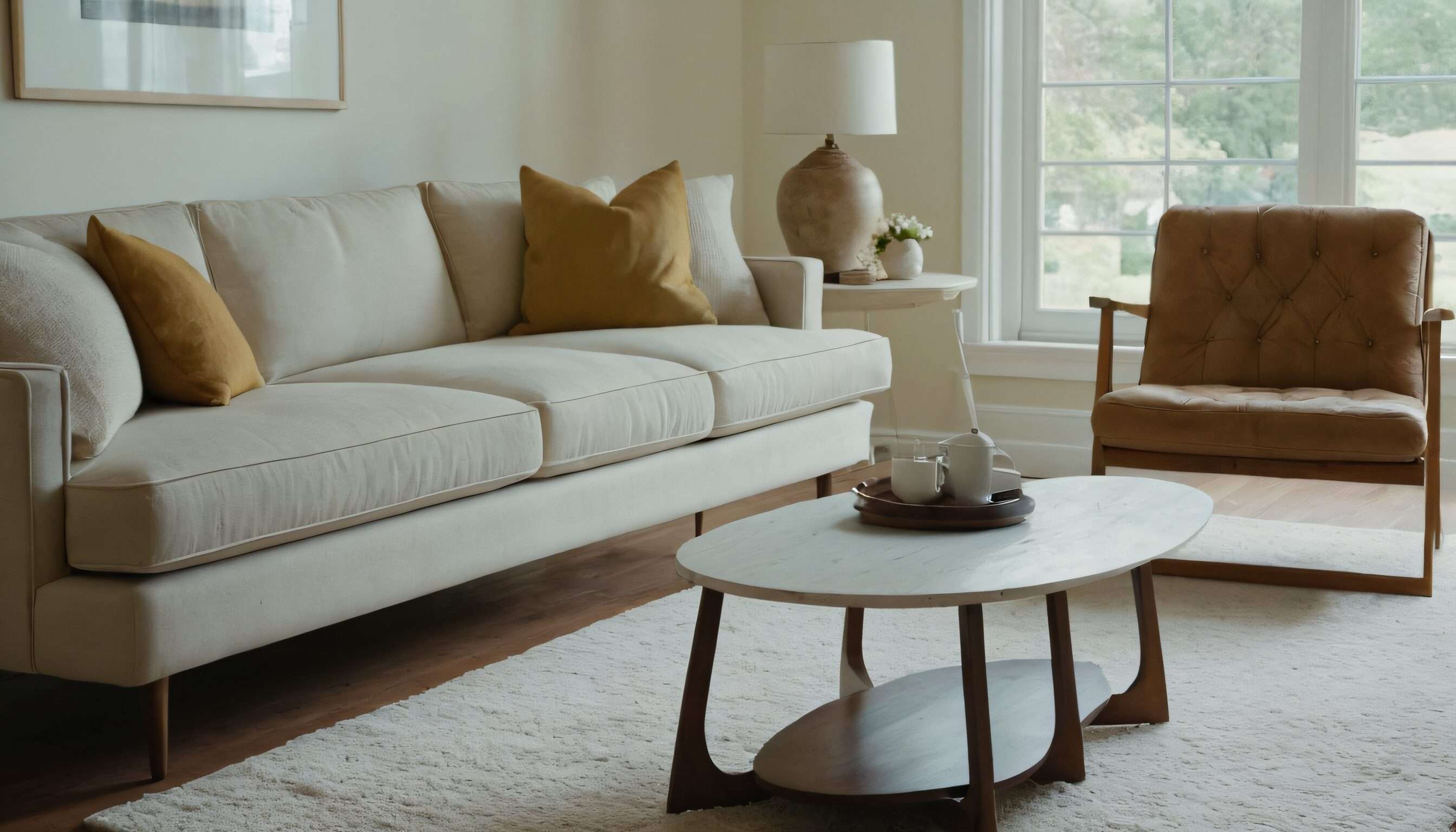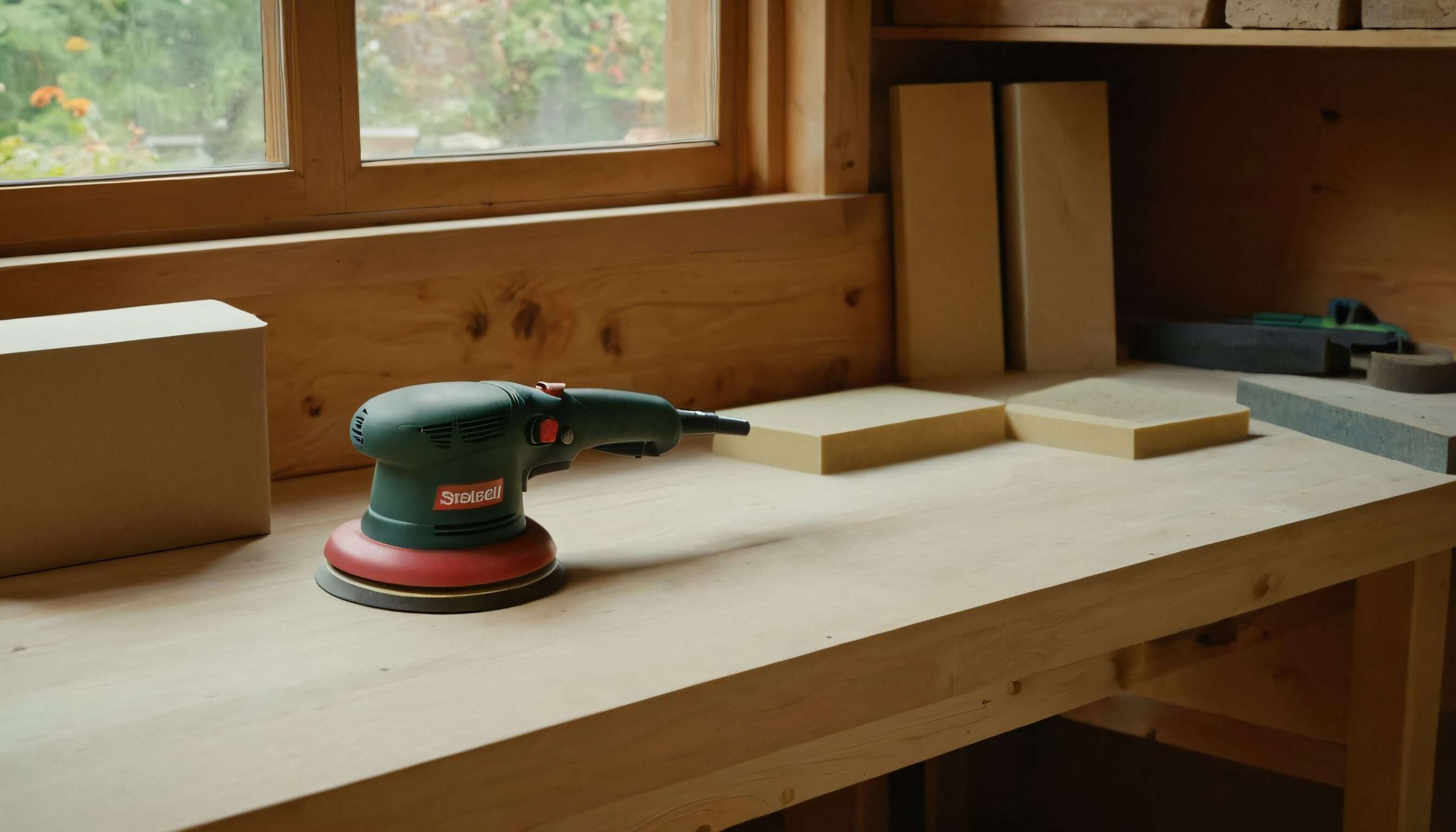In This Article

Water-damaged wood veneer doesn’t have to be a death sentence for your beloved furniture. Whether it’s a family heirloom or a recently purchased piece, seeing veneer peel, bubble, or stain from water can feel like the end of the road. But don’t despair—there’s good news. With a little know-how, some patience, and a few basic tools, you can repair your water-damaged wood veneer and restore it to its former beauty.
In this guide, we’ll walk you through the process step by step, showing you how to fix veneer damage from start to finish. Don’t worry, no professional experience is required here—just a willingness to get your hands a little dirty and bring your furniture back to life. Ready to dive in? Let’s get started!
In This Article
What Is Wood Veneer and Why Is It Prone to Water Damage?

Let’s kick things off by clarifying what veneer is. Essentially, wood veneer is a thin slice of real wood that’s glued to a base material like plywood, MDF, or particleboard. It gives furniture the gorgeous look of solid wood at a fraction of the cost, which is why it’s so popular.
However, veneer has a weakness: water. When moisture seeps into the glue holding the veneer in place, it can cause all kinds of problems, from peeling and bubbling to discoloration and mold. That’s why water damage is one of the most common issues you’ll see with wood veneer.
So, what do you do when your favorite coffee table or bookshelf starts showing signs of water damage? Don’t worry, there are ways to fix it, and with the right tools and techniques, you can get your piece looking as good as new.
Step 1: Assess the Damage

Before you jump into repairs, you need to take a good look at what’s going on with the veneer. Not all damage is the same, and understanding the problem is key to figuring out how to fix it.
Types of Damage to Look For
Peeling Veneer
This happens when water seeps under the veneer and loosens the glue. If you notice that the veneer is lifting up from the surface, this is likely the cause. Peeling veneer is typically easy to fix by injecting glue and pressing the veneer back into place.
Bubbling Veneer
Bubbles appear when moisture gets trapped beneath the veneer, causing the veneer to swell and form bubbles. This can happen from spills or from high humidity. Sometimes, you can flatten the bubbles with glue and heat, but if it’s bad enough, you may need to replace the veneer.
Water Stains or White Marks
Water stains, especially the dreaded white ring left by a glass of water, are caused when moisture soaks into the finish. These marks can often be cleaned off with some effort, but deep stains might require sanding and refinishing.
Mold or Mildew Growth
If the damage has been left untreated for a while, you may notice black or green mold spots. Mold indicates long-term exposure to moisture and requires special attention. Depending on how bad it is, you might need to replace sections of the veneer.
Step 2: Cleaning and Preparing the Surface

Before you start making repairs, it’s essential to clean the surface properly. Dirt, dust, or old polish could interfere with the repair process, so you need to start with a clean slate.
Cleaning Supplies You’ll Need
- Soft, lint-free cloths
- Warm water
- Mild dish soap
- A bucket or bowl
- Bleach (if mold is present)
How to Clean the Veneer:
Dusting First: Start by using a soft, lint-free cloth to remove any dust or debris. This ensures that your work area is clean and ready for repair.
Prepare a Cleaning Solution: Mix warm water and a small amount of mild dish soap in a bucket or bowl. Dip a cloth into the solution and wring it out so it’s damp but not dripping wet.
Wipe the Surface: Gently wipe down the entire surface of the veneer, following the grain of the wood. Don’t press too hard—just make sure to remove any grime or dirt.
Treat Stubborn Stains: If there are stubborn stains or mold, mix a small amount of bleach with water, dip your cloth into the solution, and gently wipe the affected areas. Be sure to test the bleach solution on an inconspicuous area first to ensure it doesn’t discolor the wood.
Dry Completely: After cleaning, allow the veneer to dry thoroughly before starting any repairs. Trapped moisture can cause further damage, so make sure everything is dry before proceeding.
Step 3: Repairing Bubbling or Peeling Veneer

Now, let’s dive into fixing the actual damage. Peeling and bubbling veneer can often be repaired with glue, and the process is pretty straightforward.
Option 1: The Glue and Iron Method
This method is great for repairing bubbles or loose veneer. It involves injecting glue under the veneer and using heat to help it bond back to the base material.
What You’ll Need:
- Wood glue (a syringe is helpful for precision)
- Wax paper
- A heavy book or other weight
- Iron (set to low heat)
How to Do It:
- Inject the Glue: Use a syringe to carefully squirt wood glue underneath the lifted or bubbled veneer. Apply a thin, even layer of glue. You don’t need to overdo it—just enough to cover the area.
- Press the Veneer Down: Place a piece of wax paper over the glued area. Then, use a heavy book or another weight to press the veneer down firmly. This helps ensure the glue bonds well with the surface.
- Apply Heat: Set your iron to low heat (without steam) and place it over the wax paper. Hold it there for about 10-15 seconds, then move it around to cover the entire area. The heat will activate the glue, allowing the veneer to stick back down.
- Let It Dry: Leave the weight in place for several hours, or overnight if possible. Afterward, remove the weight and check your repair. If needed, repeat the process.
Option 2: Replacing the Veneer
If the damage is too severe for glue to fix, you may need to replace the damaged veneer entirely. While it’s a little more involved, it’s still something you can handle yourself.
What You’ll Need:
- Replacement veneer
- Wood glue
- Utility knife or razor blade
- Sandpaper (220-grit)
How to Do It:
- Remove the Old Veneer: Use a utility knife or razor blade to carefully peel off the damaged veneer. Work slowly to avoid damaging the underlying wood.
- Cut the New Veneer: Measure the area where the old veneer was and cut a new piece of veneer to fit. Be sure to match the grain for a seamless appearance.
- Apply Glue: Spread a thin layer of wood glue on the back of the new veneer and carefully place it on the surface.
- Press and Clamp: Press the veneer down into place. If possible, use clamps to hold it while the glue sets. Place a piece of wax paper between the veneer and the clamp to avoid leaving marks.
- Trim and Sand: After the glue has dried, trim off any excess veneer with a utility knife. Then, lightly sand the edges to smooth them out and ensure a perfect fit.
Step 4: Removing Water Stains and White Marks

Water stains can be one of the most frustrating things to deal with, especially those white rings left by glasses. But with a little effort, you can often remove these stains.
For Light Stains:
Try using a little furniture polish or even mayonnaise. Just apply a small amount to a cloth, rub it into the stained area, leave it for a few minutes, then buff it off with a clean cloth.
For Deeper Stains:
If the stains are more stubborn, you might need to use denatured alcohol or linseed oil. Apply a small amount to a cloth and gently rub the stained area. This can often lift the white marks. If the stain remains, you may need to sand and refinish the veneer.
Step 5: Sanding and Stripping the Surface

If your veneer has severe damage, such as deep stains or a damaged finish, you may need to strip away the old finish and start fresh.
- Apply a Wood Stripper: Use a chemical wood stripper to remove the old finish. Follow the instructions on the product carefully.
- Scrape Off the Old Finish: After the stripper has had time to work, use a putty knife to gently scrape off the old finish.
- Sand the Surface: Once the finish is removed, use 220-grit sandpaper to smooth out the surface and prepare it for refinishing.
Step 6: Finishing with a Protective Coat

Once your repairs are complete, it’s important to finish your work with a protective coat. This will help prevent future water damage and keep your veneer looking its best.
- Choose a Protective Finish: Polyurethane or varnish are great options for sealing the wood and providing a durable finish.
- Apply the Finish: Use a clean brush to apply a thin coat of finish, following the direction of the wood grain.
- Dry and Reapply: Allow the first coat to dry completely, then apply a second coat. Let the finish cure for at least 24 hours before using the piece of furniture.
When to Seek Professional Help

While you can handle most water damage repairs yourself, some cases may require professional restoration. If the veneer is badly warped, cracked, or severely moldy, or if you’re just not confident in your DIY skills, it might be best to call in a professional. Restoration services can cost a little more, but they may be worth it to preserve your cherished furniture.
Conclusion

Repairing water-damaged wood veneer doesn’t have to be intimidating. With the right tools, patience, and a little bit of elbow grease, you can bring your damaged furniture back to life. Whether you’re working with a small coffee table or a large cabinet, these repair techniques can help restore your pieces and keep them looking beautiful for years to come.
So, next time you spot a water ring or bubbling veneer, remember—there’s no need to throw it away! Grab your tools, follow these steps, and get to work. Your furniture will thank you for it.
Additional Resources
- How To Repair Water-Damaged Wood Veneer
- Repairing Damaged Veneer
- How to Repair Water Damaged Wood Veneer
- Repair Water Damage on Wood Veneer
- How To Repair Water-Damaged Wood
FAQs
How long does it take to repair water-damaged veneer?
Repairing water-damaged veneer typically takes anywhere from a few hours to a day, depending on the severity of the damage and how long the glue or finish needs to dry.
Can I repair water-damaged veneer on my own?
Yes, most water-damaged veneer can be repaired with basic tools and techniques. You don’t need to be a professional to make effective repairs, although some cases might require more advanced skills.
How can I prevent future water damage to veneer?
To protect your veneer from future water damage, always wipe up spills quickly, avoid placing hot or wet items directly on the surface, and apply a protective finish to the veneer.
Can mold grow on water-damaged veneer?
Yes, mold can grow on wood veneer if the surface is exposed to moisture for an extended period. If you notice mold, it’s important to address it quickly using a bleach solution or a mold remover.






